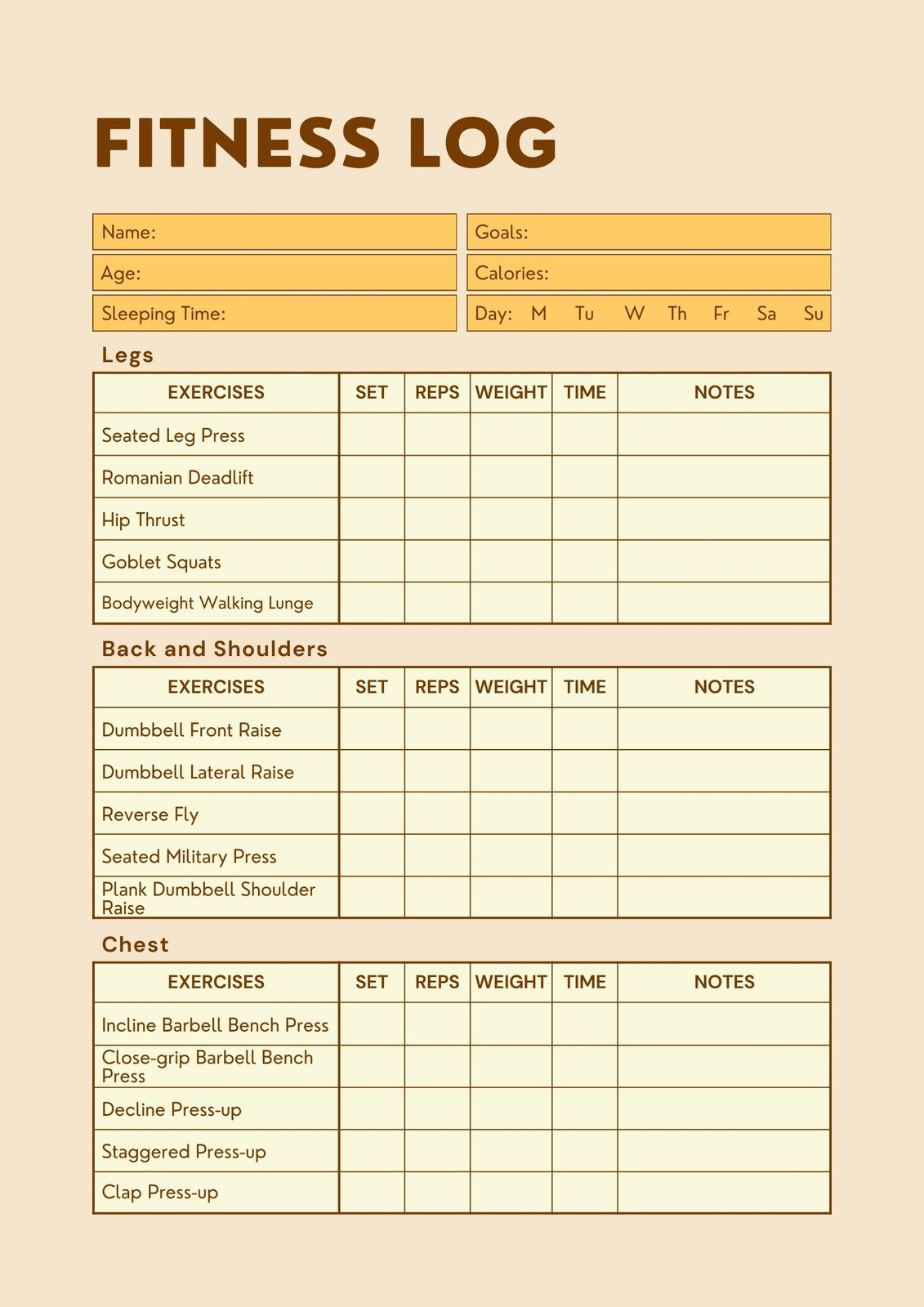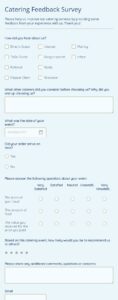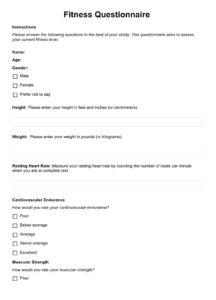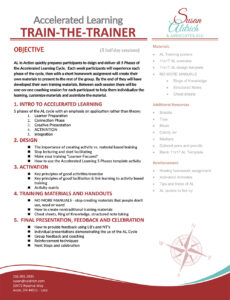Are you a personal trainer looking to streamline your program design process? Look no further than program design templates! These templates provide a structured framework that makes creating and delivering tailored fitness programs a breeze. Whether you’re catering to specific client needs or targeting different fitness goals, templates offer a time-saving and efficient way to build comprehensive plans that maximize results.
Program design templates are not one-size-fits-all solutions; rather, they act as a starting point that you can customize to meet individual client requirements. By incorporating client assessments, progress tracking, and feedback mechanisms, you can ensure that your programs are personalized and effective. The flexibility of templates allows you to adapt them to various fitness levels, training styles, and equipment availability, making them suitable for a wide range of clients.

Creating a Comprehensive Program Design Template
Developing a comprehensive program design template involves several key steps. Begin by defining your client’s fitness goals and objectives, including specific outcomes they aim to achieve. Consider their current fitness level, any limitations or injuries, and their training history. This information will serve as the foundation for your program’s structure and exercise selection.
Next, establish a training schedule that aligns with your client’s availability and commitments. Determine the frequency, duration, and type of training sessions that best support their goals. Consider incorporating a variety of exercises that target different muscle groups and energy systems, such as strength training, cardiovascular activity, and flexibility exercises.
Progression and periodization are crucial for ongoing progress. Plan a gradual increase in exercise intensity, volume, or complexity over time. Break your program into phases, each with specific goals and training adaptations. This approach helps clients avoid plateaus and promotes continuous improvement.
Finally, include regular assessments and feedback mechanisms to monitor your client’s progress and make necessary adjustments. This could involve tracking progress through measurements, fitness tests, or subjective feedback from the client. Regular check-ins allow you to assess their adherence, identify areas for improvement, and ensure they are on track to achieve their goals.
Benefits of Using Program Design Templates
Program design templates offer numerous benefits for personal trainers. They:
- Save time: Templates streamline the program design process, allowing you to create and modify programs efficiently.
- Enhance consistency: Templates ensure that your programs are structured and consistent, providing a reliable framework for client training.
- Facilitate personalization: While templates provide a solid base, they are flexible enough to be tailored to individual client needs and goals.
- Drive client engagement: Well-structured programs with clear goals and progression can motivate and engage clients, fostering adherence and long-term success.
- Support professional development: Templates help personal trainers refine their program design skills, ensuring that they deliver evidence-based and effective fitness programs.
Incorporating program design templates into your personal training practice can elevate the quality and efficiency of your service. By providing a structured framework, they empower you to create customized and effective programs that help clients achieve their fitness aspirations.


